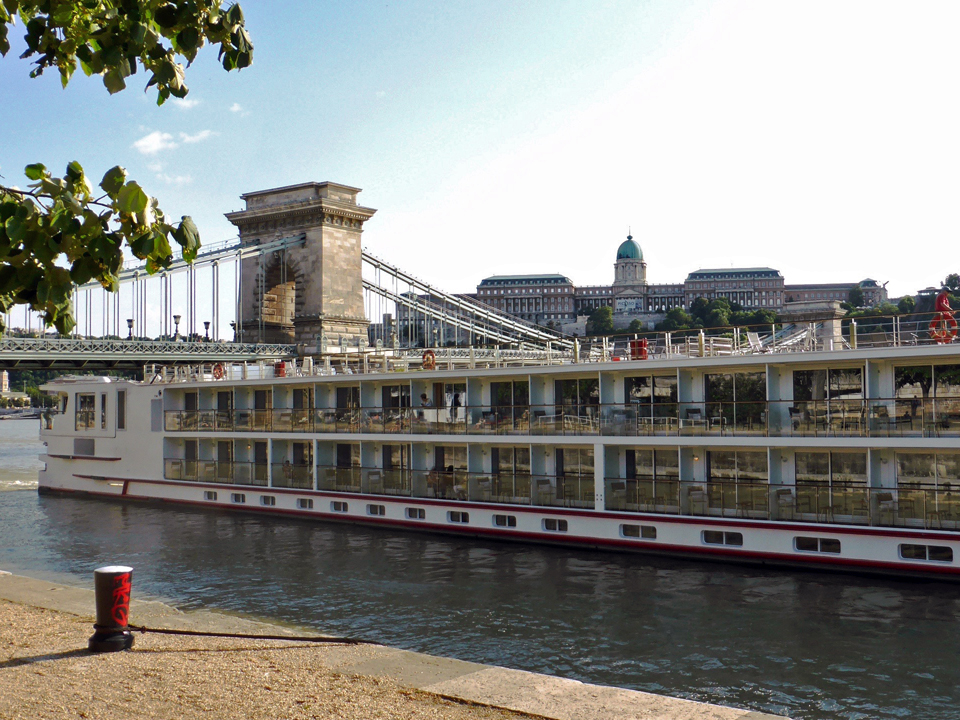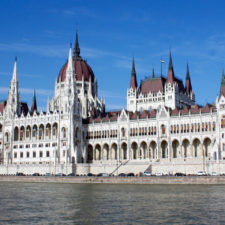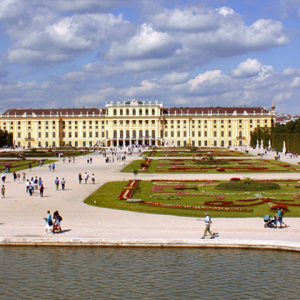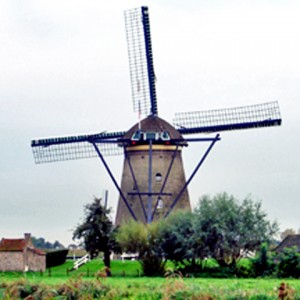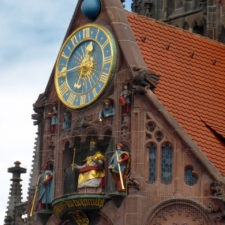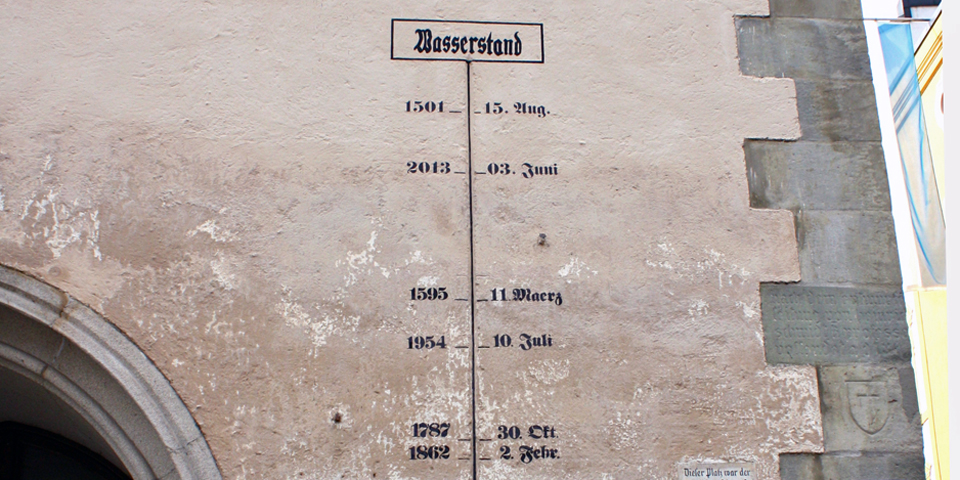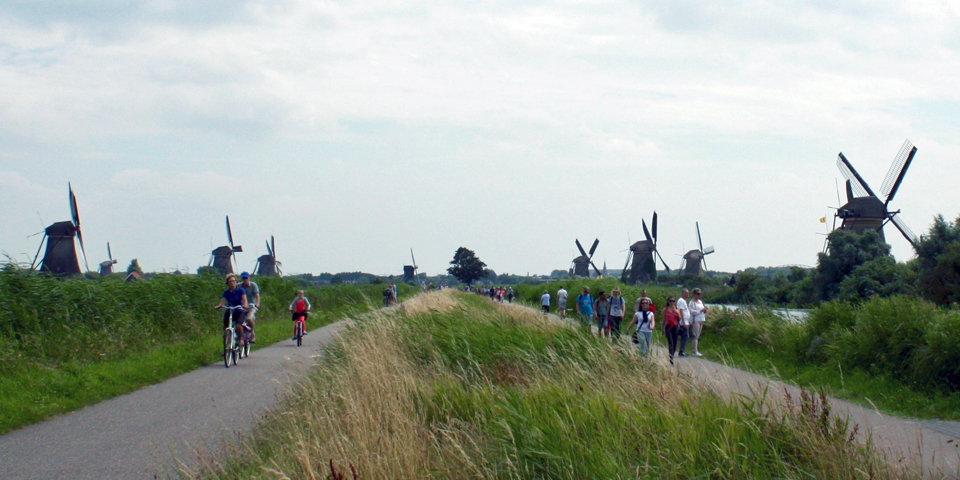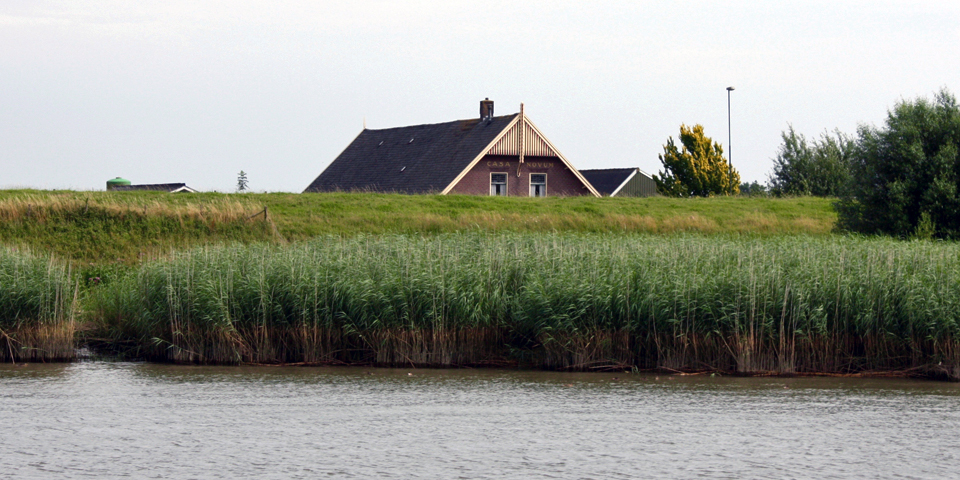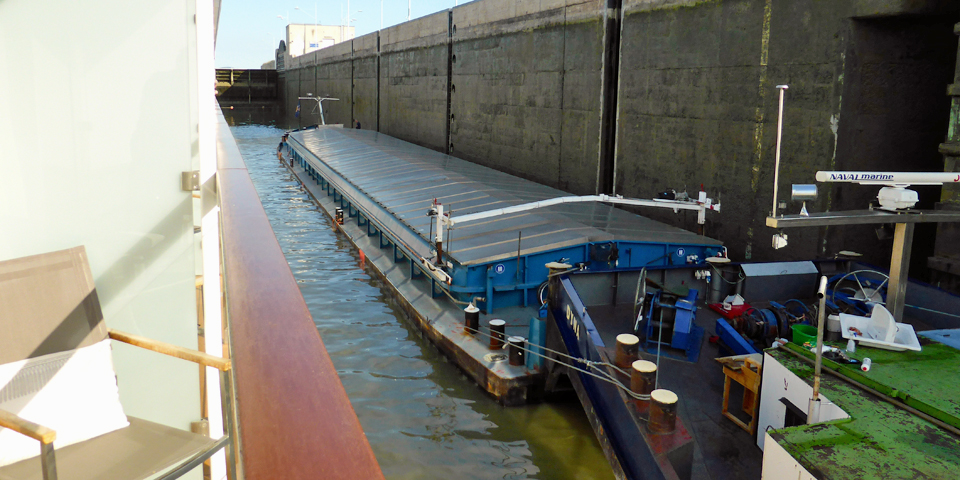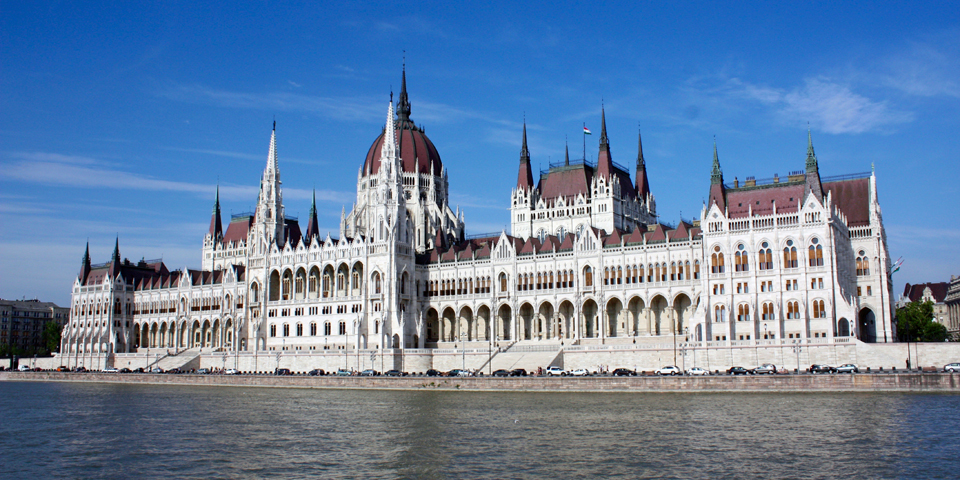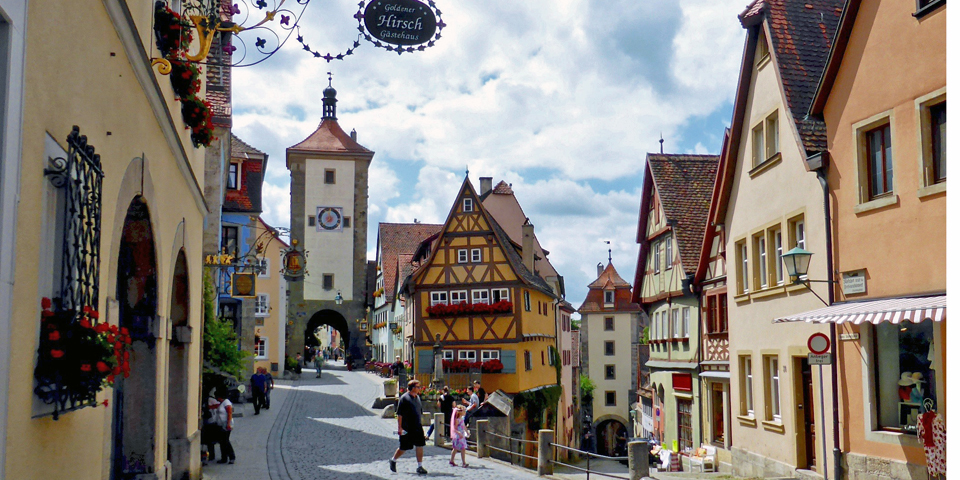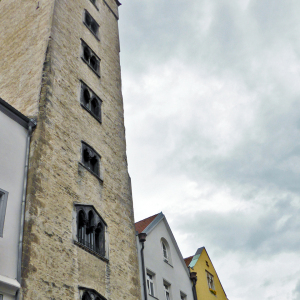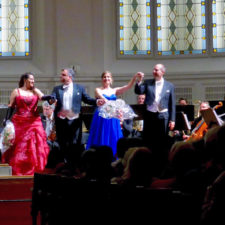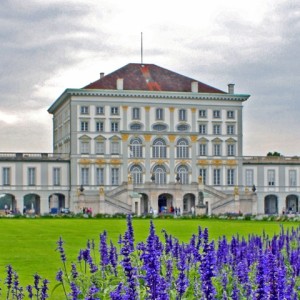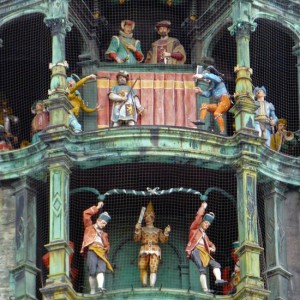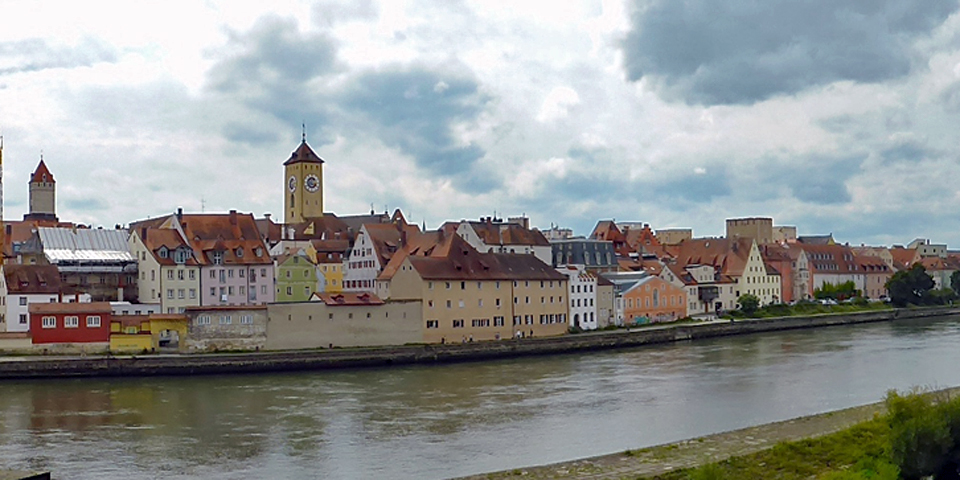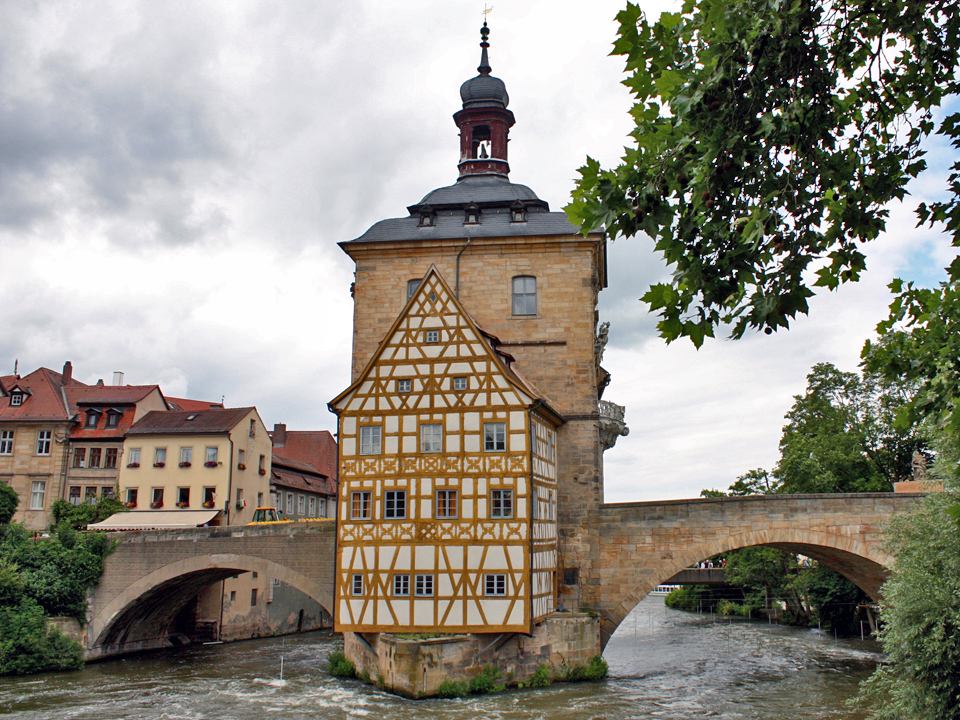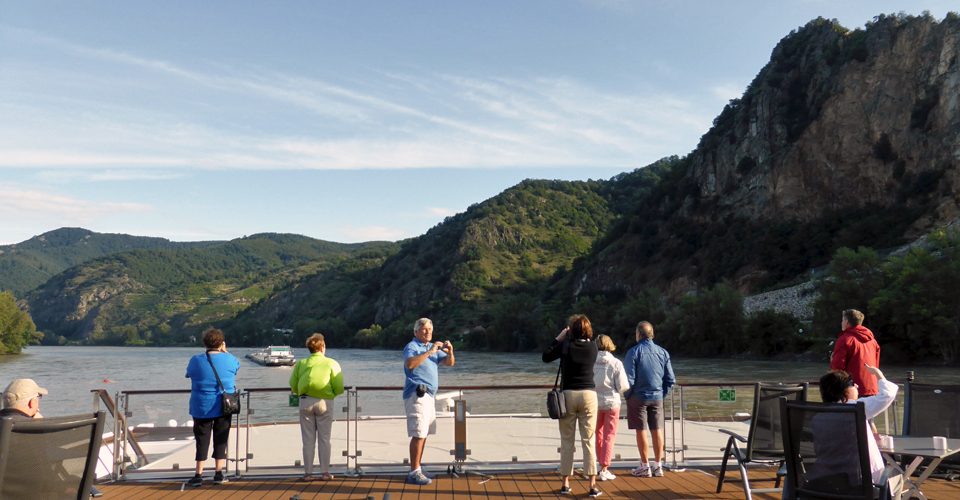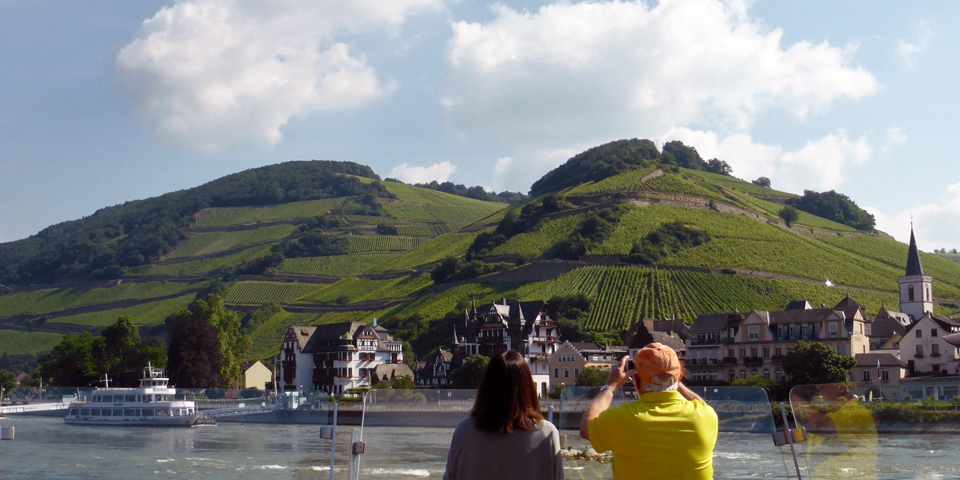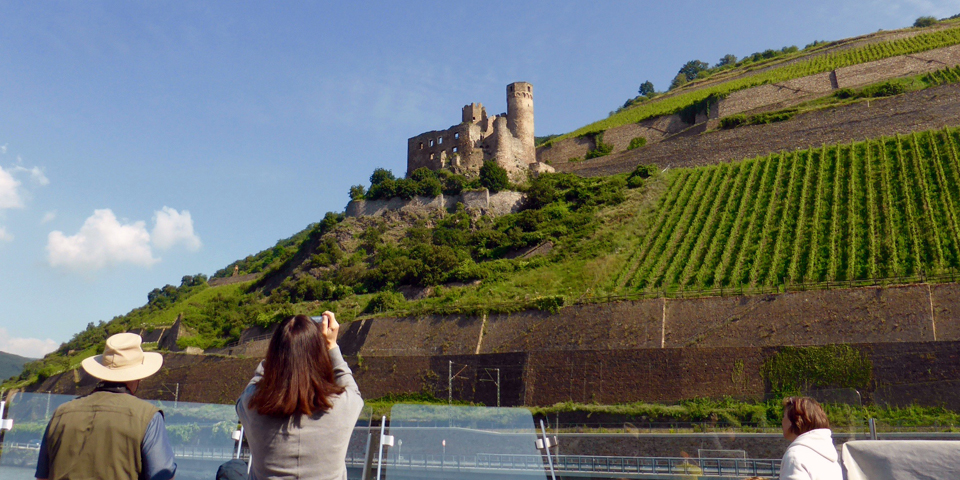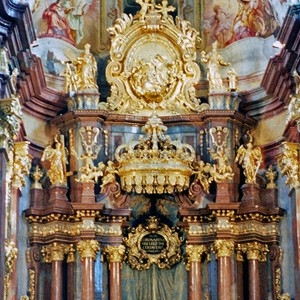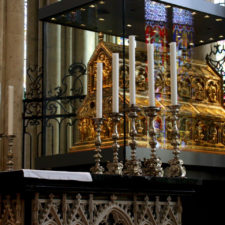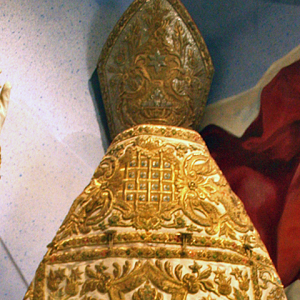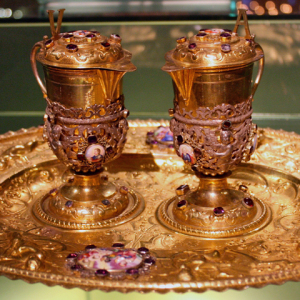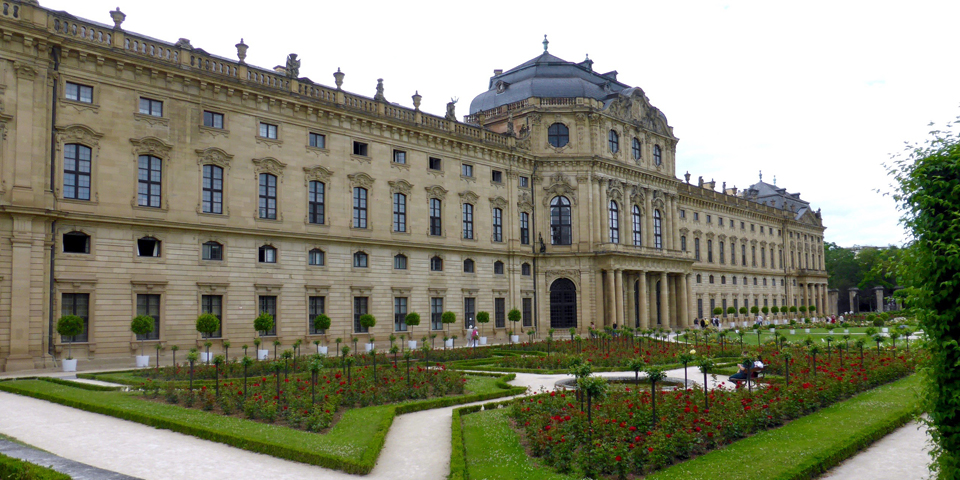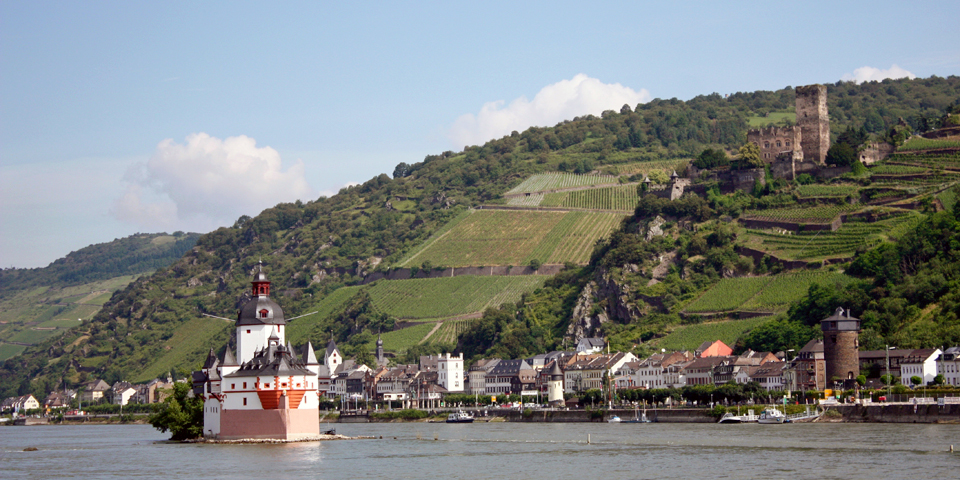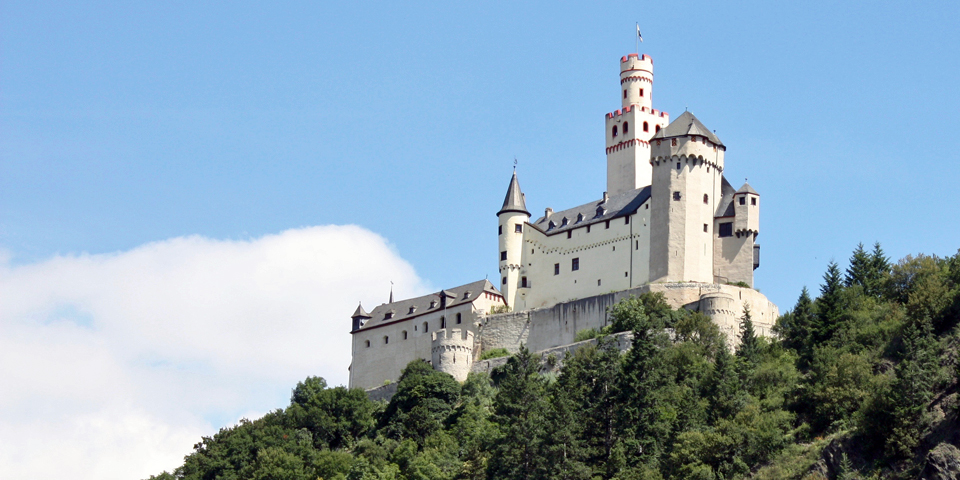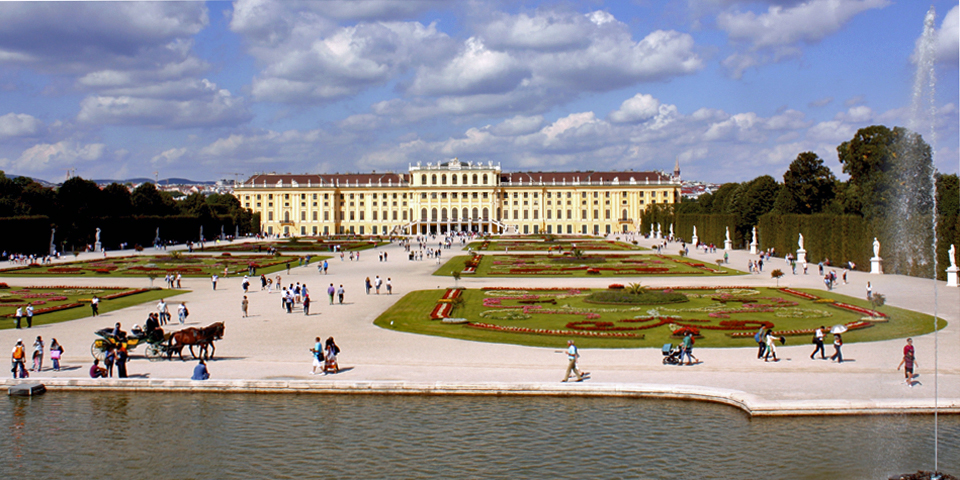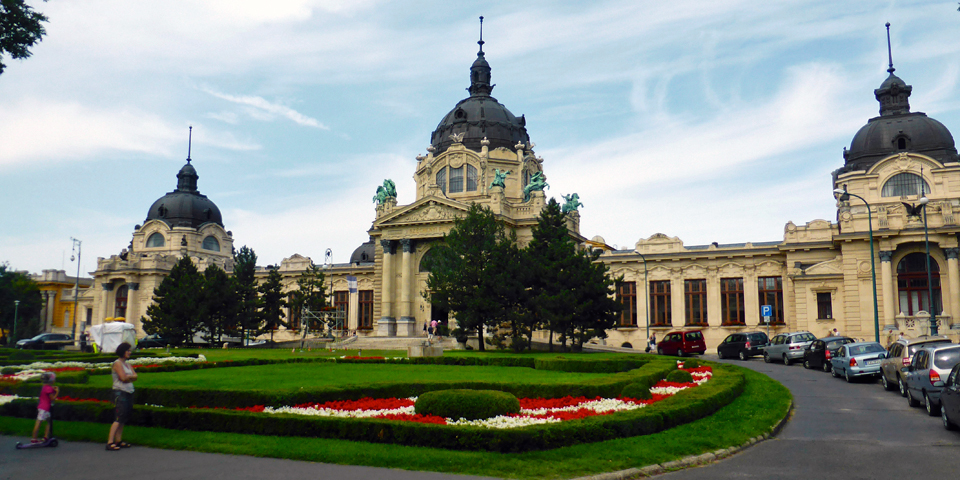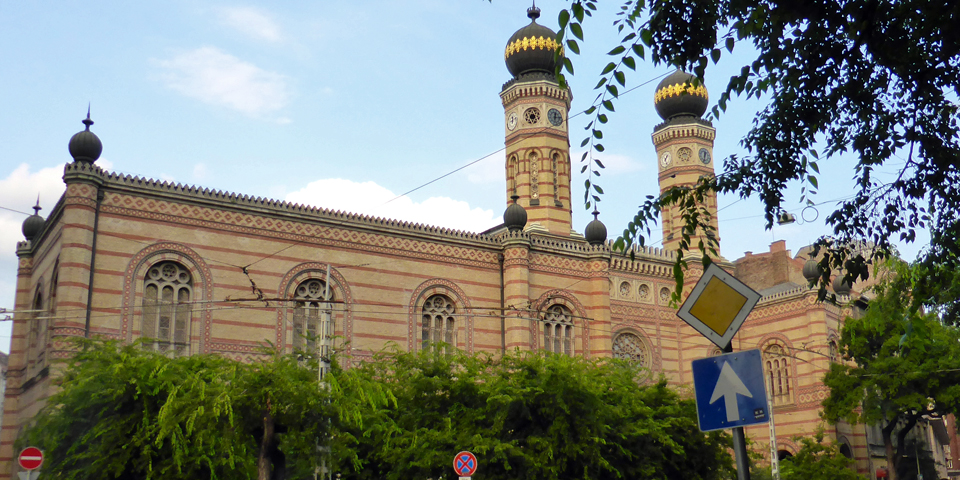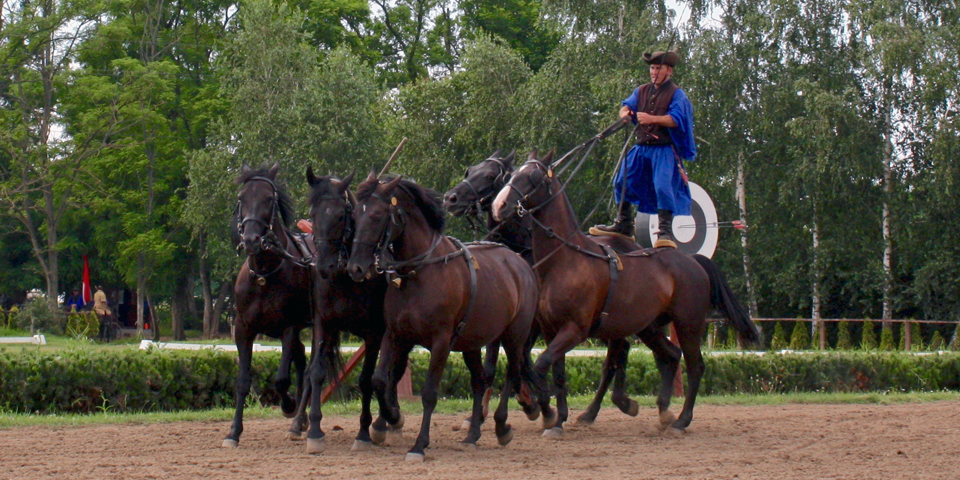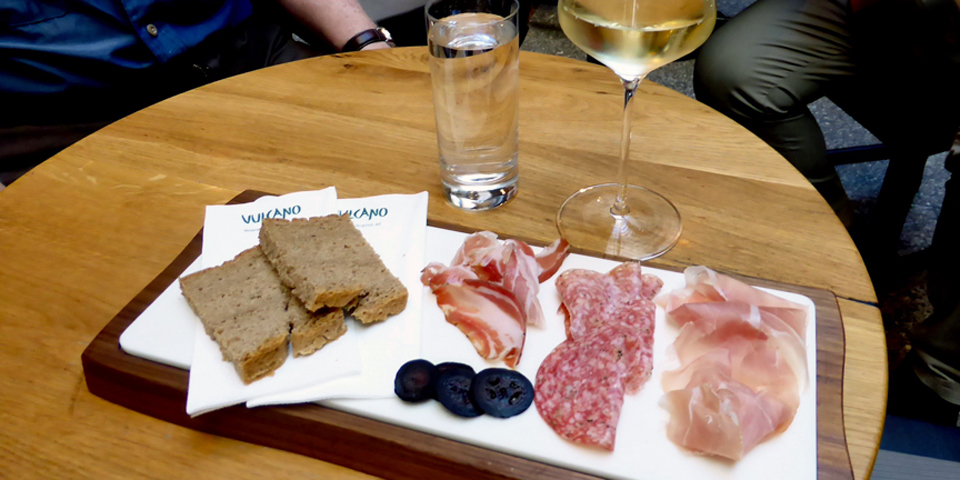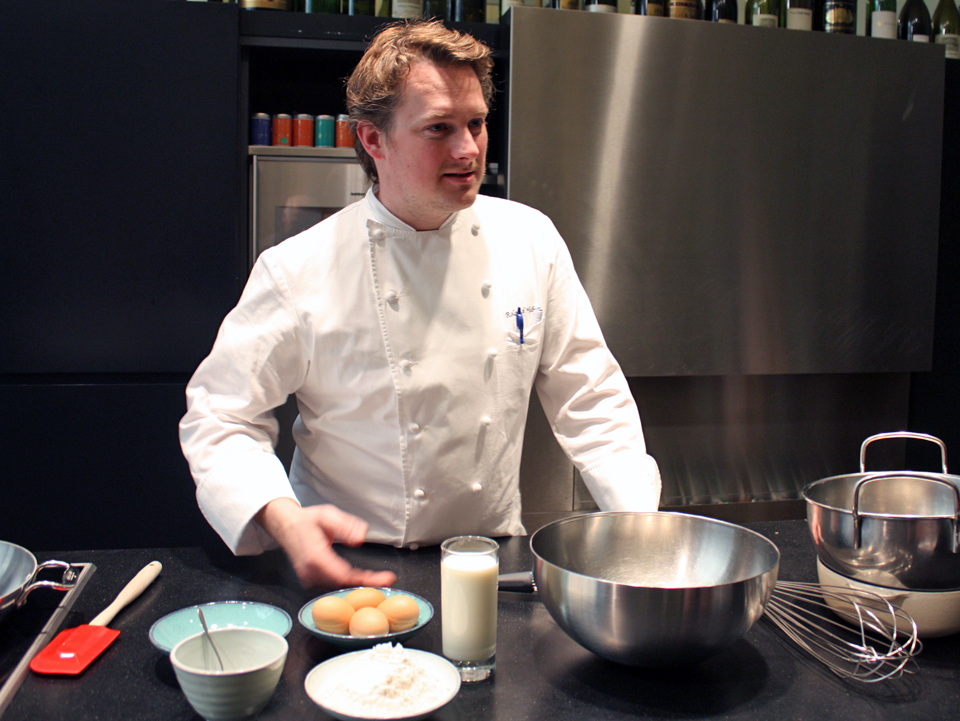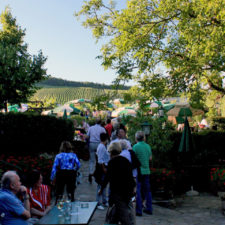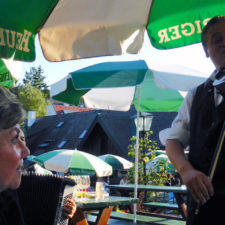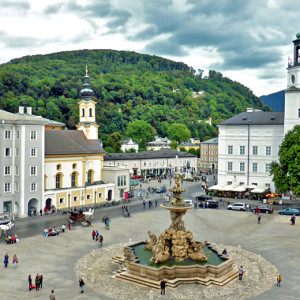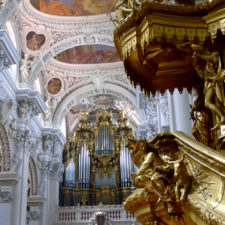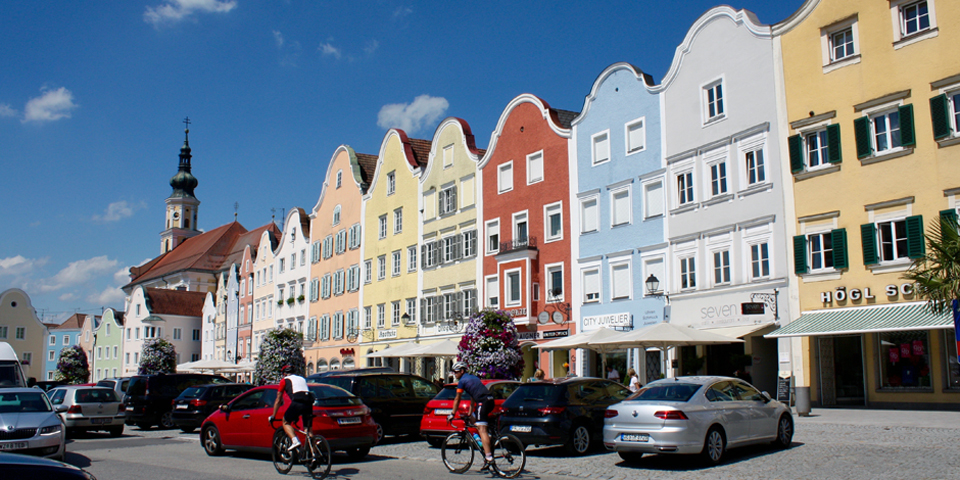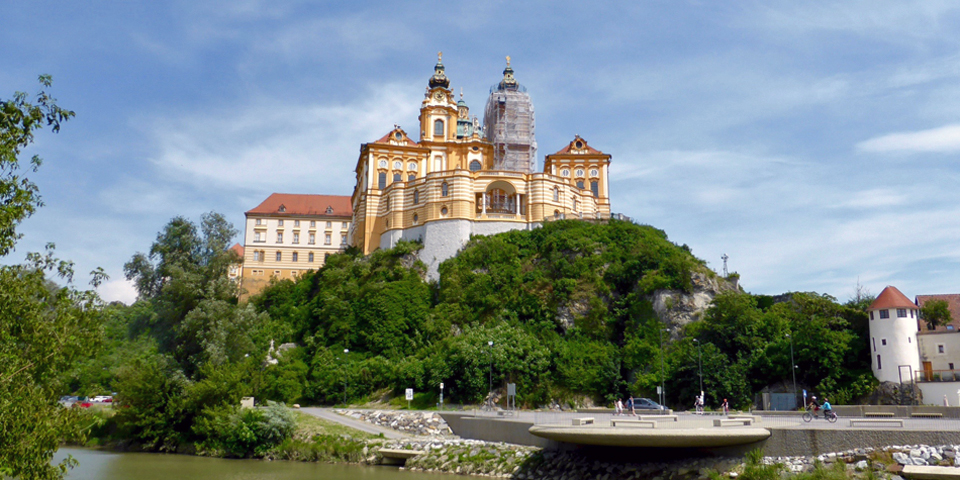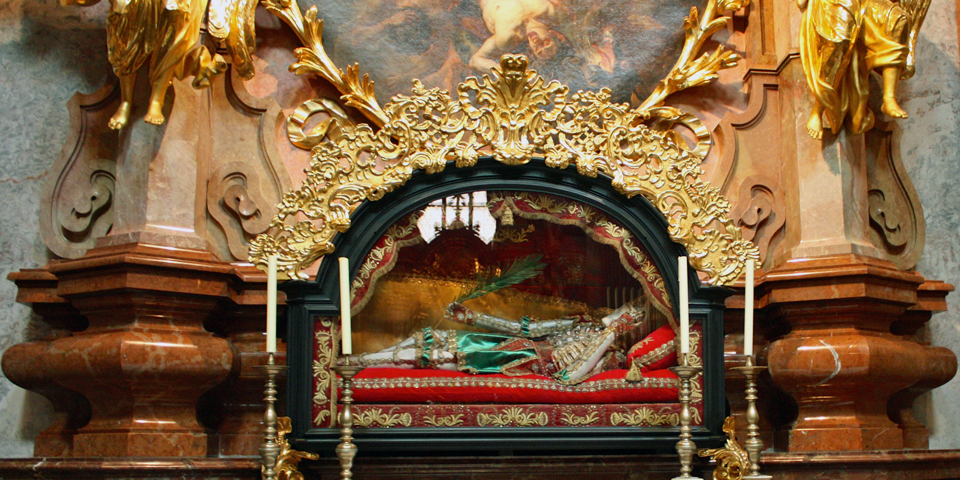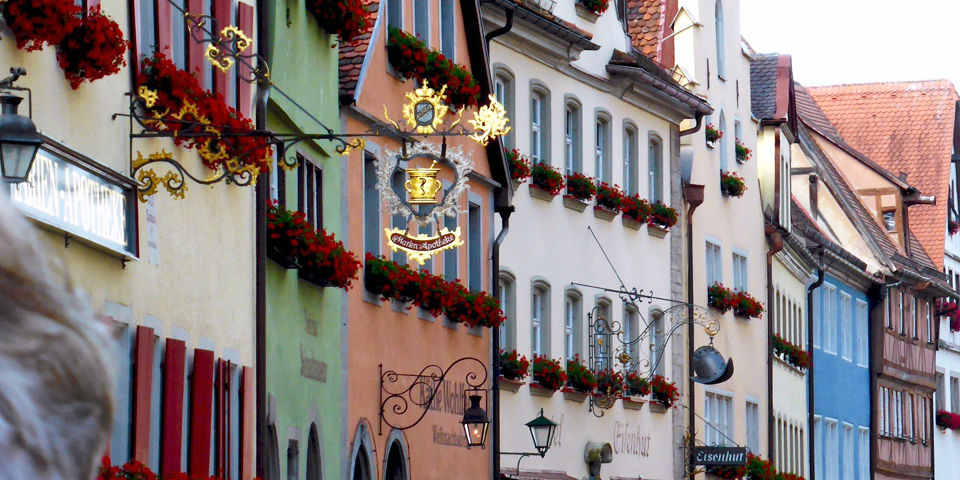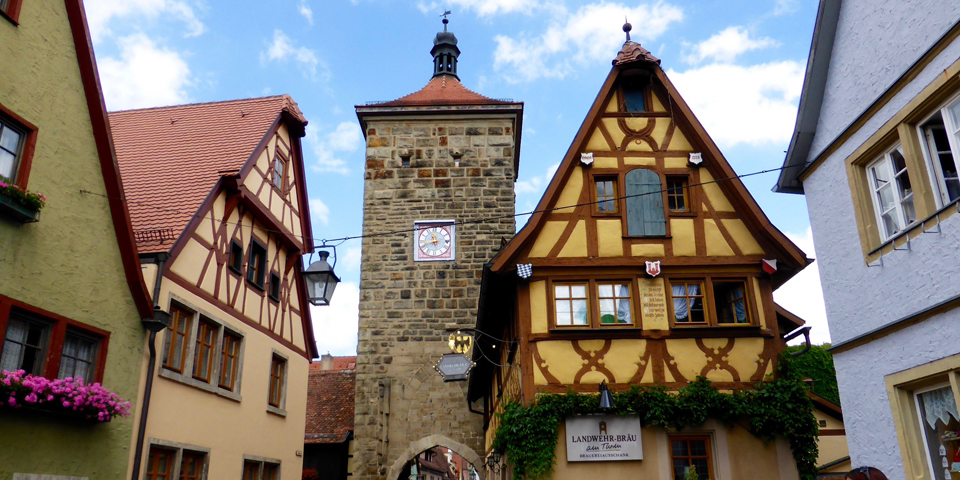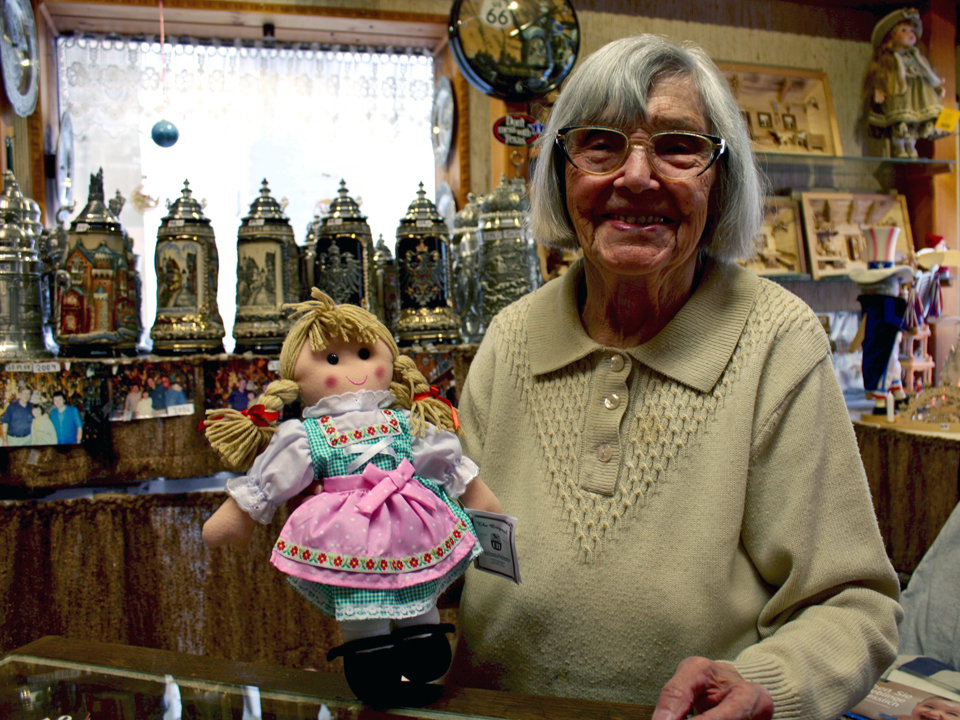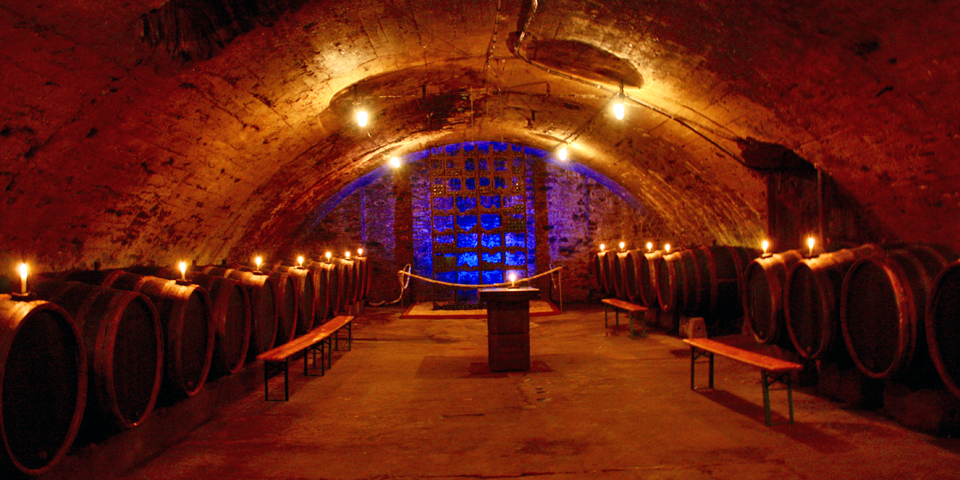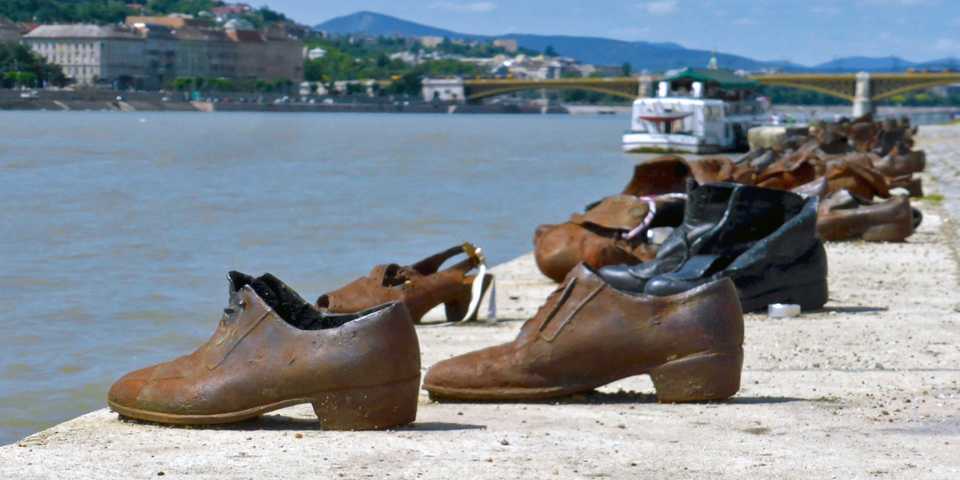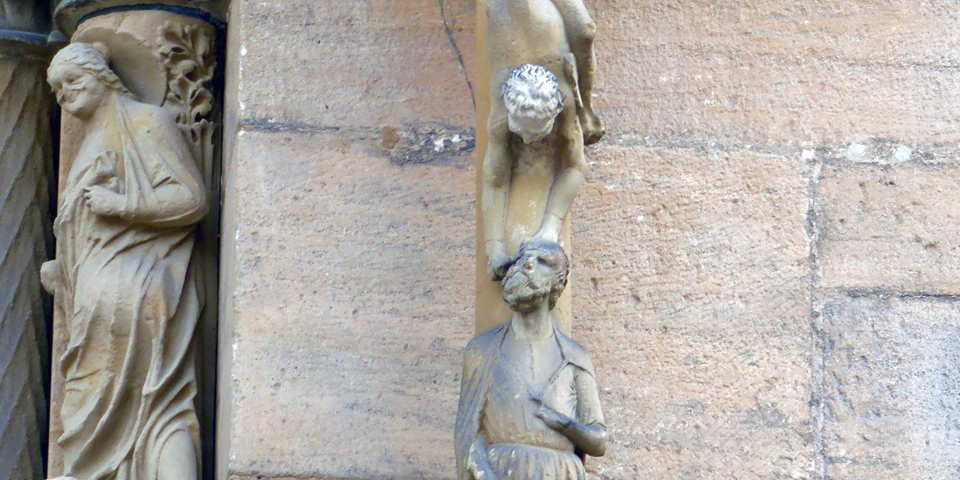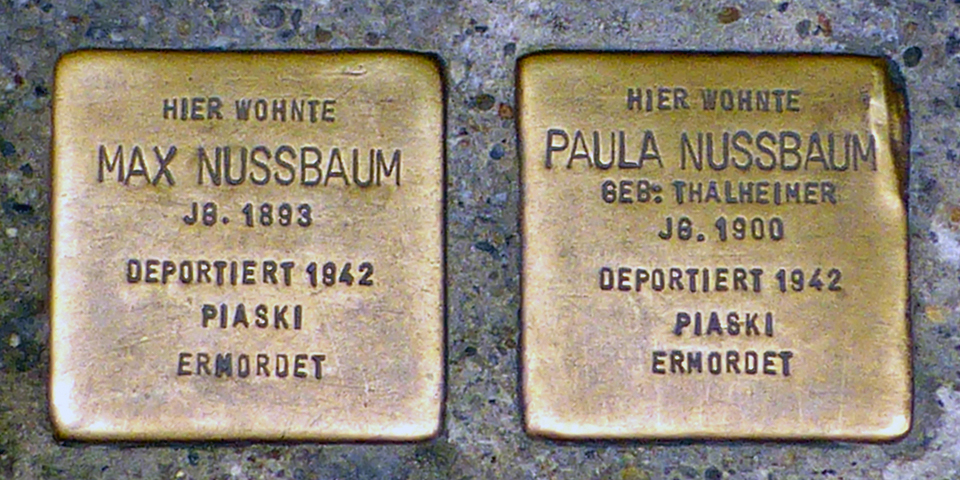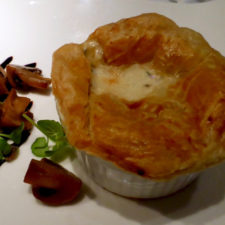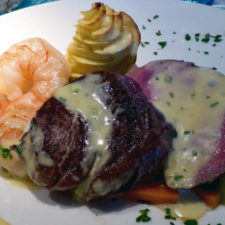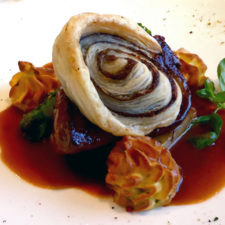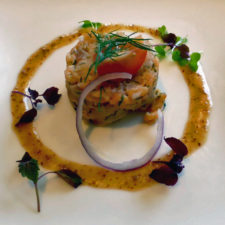The Grand European Tour: A Viking River Cruise from Budapest to Amsterdam
Viking Baldur docked by Chain Bridge in Budapest
European river cruises have surged in popularity with good reason. Everything is taken care of while passengers travel from destination to destination with ever-changing scenery and the comfort and convenience of a luxurious floating hotel. The Grand European Tour is a perennial favorite.
Our Viking River Cruise Grand European Tour from Budapest to Amsterdam was along the Danube and Rhine Rivers and the canal that has connected them since 1992. We visited four countries—Hungary, Austria, Germany, and the Netherlands as we traveled through the heart of Europe.
Parliament, Budapest, Hungary
Schönbrunn Palace, Vienna, Austria
windmill at Kinderdijk, Kingdom of the Netherlands
Nuremberg’s renowned Christmas Market is on the square by Frauenkirche’s glockenspiel.
We were repeating of one of our favorite trips, which gave us the time to revisit favorite places and to branch beyond the highlights with the latest optional excursions. Although tours are included in each port, the optional excursions and concierge services allow for both first-time and seasoned travelers to add to their experiences and tailor their options to additional areas of interest. We also added a post-trip of two nights each in Amsterdam and Ghent at the end.
Our scenic cruise was also a window into times when rivers were the primary mode of transport and cities and towns along their banks grew and flourished with the exchange of goods, art, cultures and ideas.
The waters briught prosperity, but also devastation. Flood levels over the centuries were marked on medieval buildings.
heights of flood waters in Passau
Kinderdijk’s nineteen windmills were built in the Netherlands in 1740 to help control the water from the sea and to keep the lowlands dry.
Kinderdijk, the Netherlands
We learned at an onboard lecture that heavy rain can raise the river three to five feet in a day and that high waters in Germany can flood the Netherlands.
House below water level in the Netherlands
Onboard presentations on canals, locks and Dutch water management of the sea gave us a sense of the controls in place today. It helped us better understand what was going on when we passed from lock to lock.
view of a barge from our veranda while in a lock on the Rhine-Main-Danube
Our voyage took us to some of the grandest and most glorious parts of the world — cultural capitals, imperial treasures, and centers of power. The grandeur of Vienna’s palaces and treasuries reflects the power of the Habsburgs, who were on such good terms with the Pope that they regularly served as Holy Roman Emperors.
Parliament, Budapest, Hungary
We walked the cobblestone lanes of charming villages that seemed right out of a book of fairytales.
Rothenburg-ob-der-Tauber, Germany
We saw the impressive houses of the most successful patricians and merchants. We listened to the music of great composers in the cities that inspired them.
One of the many patricians’ houses, Regensberg, Germany
Costumed vocalists, Mozart and Strauss cancer, Vienna Residence Orchestra.
When we were docked in Regensburg an optional all-day excursion was offered for those who wanted to see Munich.
Nymphenburg Palace, Munich
glockenspiel, Munich
Regensburg was spared from World War II bombing and is a city rich in medieval architecture.
Regensburg, Germany
It is said that the citizens of Bamberg created an island for the Old Town Hall when the bishop would not grant land for it. Bamberg is known for its unique smoky beer, which is often described as tasting like liquid bacon. Bamberg, like many places on this trip, has been designated as UNESCO World Heritage Sites to be preserved and protected for the future.
Old Town Hall in Bamberg, A UNESCO World Heritage Site
We traveled through some of Europe’s most beautiful landscapes.
cruising through the Wachau Valley
Onboard narration enhanced the experience as we cruised past castle ruins, medieval towns, and terraced vineyards of the Austria’s Wachau Valley, the most beautiful stretch of the river that inspired the “Danube Waltz.”
vineyard along the Rhine
The Middle or Romantic Rhine, a region of forests, vineyards, and castles, is so beautiful that it inspired an art form known as “Rhine Romantic.”
Castle of the Rhine from our Viking River Cruises longship
We gained insights on the religious and secular power struggles that shaped the Europe we know today. We were awed by the enormity of power and riches of royalty, nobility, military, and the church.
The magnificent gilded chapel the Benedictine Melk Abbey, Melk, Austria
Cologne Cathedral’s Shrine of the Three Kings, said to contain relics of the Three Magi
Melk Abbey, Austria
Melk Abbey, Austria
Back when rulers were believed to be ordained by God their opulent lifestyles were financed by both taxes and tithes. Today, many of their gilded palaces, monasteries, and manor houses, like the ecclesiastical princes’ Resident that we visited in Würzburg, are open to be enjoyed by all.
Prince- Bishop’s Residenz, Würzburg
While palaces and their treasures were magnificent status symbols, castles were built to protect against medieval invaders. Castles along the Rhine also generated income by means of chains across the river that stopped passing boats and ships until tolls were paid. Some of these castles are now museums or hotels.
Ludwig the Bavarian built Pfalzgrafenstein Castle, “the Pfalz,” on Falkenau Island in 1327. It served as a toll station until 1866 and is now a museum. Gutenfels Castle is in the background in the fortified town of Kaub.
The cruise included a tour of Marksburg Castle, unique in the Rhine hills for never being attacked.
Marksburg Castle, Germany from our Viking River longship
Our cruise began in two of Europe’s most beautiful cities, Budapest, known as the Queen of the Danube, and Vienna, the Imperial City.
Parliament, Budapest, Hungary
These were the magnificent capitals of the Habsburg dynasty that controlled the greater part of Europe from the 13th century to their defeat in World War I. The grandeur of these cities reflects the power of the Habsburgs, whose close ties with the Pope also made them Holy Roman Emperors.
Schönbrunn Palace, Vienna, Austria
After the Budapest City Tour, some passengers chose to do optional things we had done before like experiencing the therapeutic mineral spring waters at the Budapest’s Széchenyi Spa Baths.
Széchenyi Spa Baths, Budapest
Others toured the Moorish Byzantine-style synagogue, the largest in the world when it was built and now second only to New York’s Temple Emanu-El. Franz Liszt played its organ for the opening ceremony. Bernie Schwartz, son of Hungarian parents and better known as Tony Curtis, donated the Tree of Life Memorial there.
Synagogue, Budapest
This time we headed for the countryside. The stud farm for the prized Lipizzaner stallions of Vienna’s Spanish Riding School is several hours away, in Slovenia, once part of the Austro-Hungarian Empire. We enjoyed a presentation of traditional Hun horsemanship and Lipizzaner stallions in a stunning setting just 40 minutes outside Budapest.
Hungarian Horsemen, an optional excursion during our Viking River Cruise
Vienna’s royal palaces and treasuries should not be missed, but since we have visited Vienna on several occasions and have toured these extensively, this time we opted for the “Best of Culinary Austria” excursion, tasting and learning to prepare regional specialties. Being in Vienna, it was also in a grand building, the Palais Ferstel.
platter of fine meats, Vulcanothek, Vienna
cooking demonstration by Chef Roland Huber, Palais Ferstel, Vienna
Vienna is the only capital city with significant wine production within its city limits. Our optional evening excursion took us through fashionable Viennese neighborhoods for dinner, music, and the latest vintage of Grüner Veltliner in a charming heiriger, or vineyard tavern, in Neustift am Walde.
heuriger, Vienna, Austria
violinist, heuriger, Vienna, Austria
Many opted for the day trip to Salzburg, a beautiful Austrian city we visited last year. We stayed in our German port, Passau to once again attend a concert at a favorite baroque cathedral, Passau’s Dom St. Stephan, which has the largest organ assembly in the world. Mozart played in Passau for the prince-bishop, whose wealth brought an exceptional cultural richness to the town.
Residenzplatz and horse fountain, Salzburg, Austria
Organ concert, St. Stephan’s Cathedral, Passau, Germany
That afternoon, we, too, headed for Austria for an optional tour. We traveled through an agricultural region for a boat ride, refreshments, and stroll in the baroque town Schärding. It was once owned by the powerful Wittelsbach family and is now a picturesque spot for boat excursions and antique shops.
Back in times when most people could not read, the colors of the gabled houses in the central square indicated what was inside. Red was for the butcher, blue for the baker, and yellow for the beer pub, for example.
Schärding, Austria
Melk Abbey looms high above the river on an outcropping of rock. Its origins date to Leopold II of Babenburg’s 11th century gift of this land and a castle in Melk, Austria to Benedictine monks. The abbey was destoyed by fire and the present one is 18th century Baroque.
Melk Abbey, Melk, Austria
The collections of gold and jeweled artifacts are impressive. The abbey library has over 80,000 medieval manuscripts. The gilded chapel’s dazzlingly dressed sainted skeletons reclining in glass cases are a sight to behold.
skeleton of St. Coloman in a sarcophagus, chapel of Melk Abbey, Austria
Another day we took an optional excursion along part of the Romantic Road to another favorite place. The colorful and touristy Rothenburg ob der Tauber is one of Germany’s last walled medieval towns.
Rothenburg ob der Tauber, Germany
This once prosperous merchant city was impoverished by the plague and Thirty Years War and could not afford to remodel and renovate. It is the now the best preserved medieval town in Germany.
Rothenburg ob der Tauber, Germany
We stopped at a favorite shop, Anneliese Friese, for a gift for our granddaughter. Mention Rick Steves’ travel books for a 10% discount and lively conversation with Annaliese herself.
We found a doll for our granddaughter and fascinating conversation with Annalise herself at Annelise Friese’s shop at 7-8 Grüner Markt.
Another day we traveled to a picturesque wine village the Moselle Valley, source of the world’s finest Rieslings, and sipped local vintages in the Richard Richter wine cellar. This, too was an optional afternoon tour.
Moselle Valley wine cellar
For those of us interested in history there were also opportunities to learn more, especially about the physical and emotional scars from Europe’s most challenging times.
Many of the included walking tours were extended for those who wanted to know more about Jewish history. Some of our guides had personal or family Nazi-era stories to share —deportations, exterminations, rapes and more — of how disasters, hardships, and a reign of terror drove so many people to turn against one another.
Our exploration of Jewish history began when we walked to Budapest’s Parliament on the day we arrived for our river cruise. The bronze “Shoes on the Danube Bank” is a memorial to the Jewish people forced leave their shoes behind for others before being shot. During World War II they were killed at the water’s edge behind Margaret Bridge so their bodies would fall into the river and be washed away.
Budapest’s bronze “Shoes on the Danube Bank”
Much goes back to the religious zeal of 1095 and the anti-Semitism that surrounded the Crusades. Social and theologic fervor led to economic anti-Semitism when the Pope banned Jewish people from joining guilds or owning land. Without opportunities to become tradesmen, farmers, or feudal lords, they became merchants or entered professions banned for Christians that ostracized them, like money lending or tax collection.
In the early 13th century, the Pope demanded that Jewish people wear badges or identifying clothing and segregated them in ghettos. There were blood libels and blame for catastrophes like the plague and poisoned wells.
Jewish people were depicted, even on cathedral facades, in abominal acts or having violence perpetrated against them. On the south side of Regensburg’s St. Peter’s Cathedral, facing the Jewish Quarter, a Judensau depicts a Jewish person suckling on a large sow.
Bamberg Cathedral, Bamberg, Germany
Signs of desecration of Jewish graves abound. In Regensburg, a medieval city not damaged by World War II bombing, Jewish tombstones were still incorporated into building facades.
Many Christian rulers depended on and protected Jewish people for trade contacts and loans. Once a Christian banking system was in place, some found expelling Jewish people a convenient way to avoid repaying debts and to eliminate competition for the growing Christian merchant class.
Documentation Center photo of Rally Grounds, Nuremberg
The exhibits at Nuremberg’s Documentation Center at the Nazi Party Rally Grounds shows how the economically challenging time after World War I was once again a time of creating a scapegoat.
Plaques in sidewalks marked residences of those taken away to concentration camps. Confiscation of Jewish property helped Adolf Hitler finance a war and reward those who did his bidding.
Plaques in sidewalks denoting former homes of Jewish people who were victims of the Holocaust
Those we spoke to had strong remorse over the past and convictions never to let such things happen again. Better understanding the past by hearing from people whose families had lived it and those born after it gave us a clearer perspective on the events and controversies of today.
This was more than just a scenic cruise. We gained insights beyond that of a typical vacation.
We were able to see and do so much in our two week Grand European Tour because everything had been taken care of for us. We cruised along from destination to destination while we dined, relaxed, or slept. Meals were relaxing opportunities to reflect on our experiences with like-minded fellow travelers.
We gained a better appreciation of the places we visited, and returned with a little clearer perspective of another part of the world. And it all came with fine dining and the the comfort and convenience of our floating hotel.
souffle served during our Viking River Cruise
surf and turf served during our Viking River Cruise
Beef Wellington, Napoleon style, Captain’s Farewell dinner
just one of many artfully presented appetizers
Whether for the scenery, attractions, cuisine, a better understanding of the world around us, or simply to sit back and relax, a Viking River Cruise is certain to be one of your best-loved travel adventures.
.

